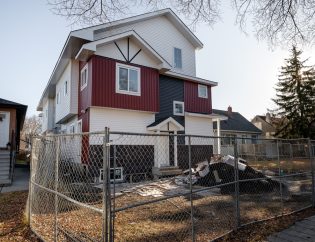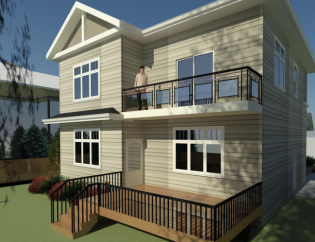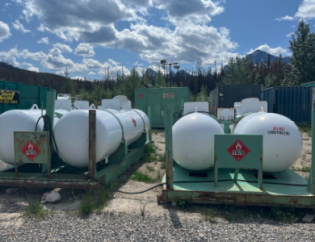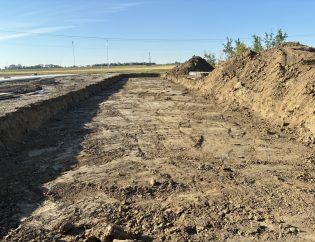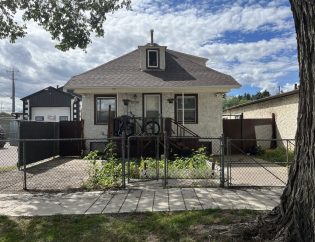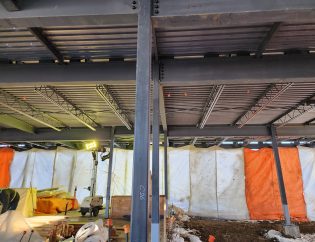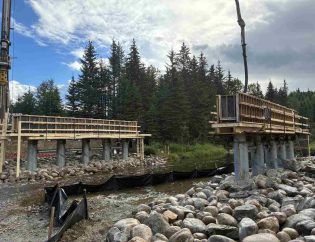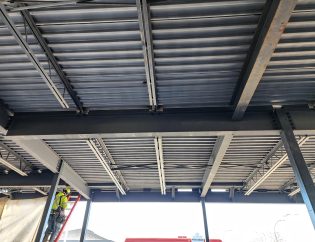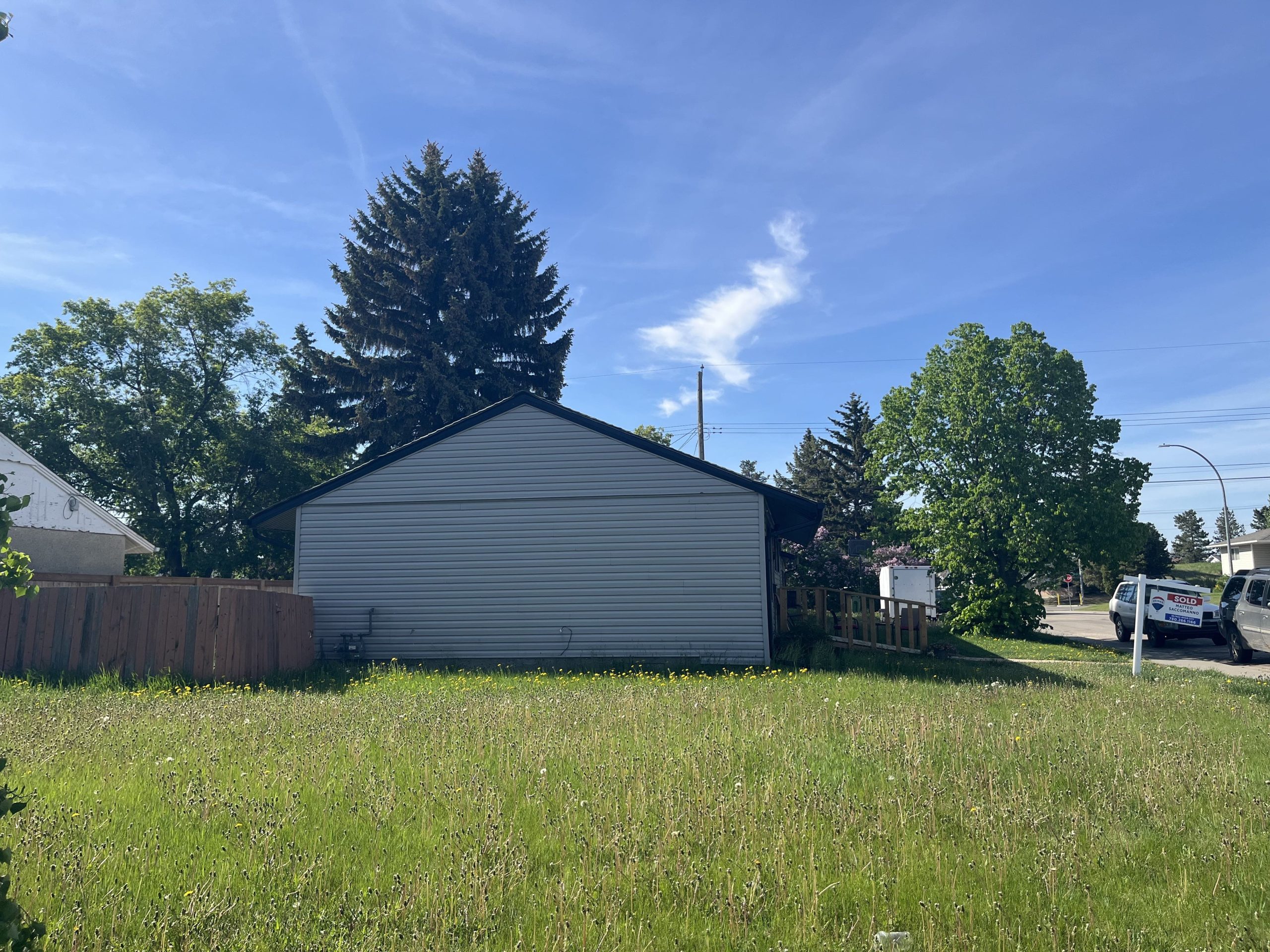
Imagine buying land to build your dream house or an apartment building, only to find out later that there are hidden problems underground, maybe old fuel tanks leaking chemicals or unsafe materials in the soil. That would be a nightmare for any homeowner or developer. That’s why environmental site assessments (ESAs) are done before construction begins. They help make sure the land is safe for people, buildings, and the environment. MR Engineering was recently asked by ACI Homes Inc. to do a Phase I ESA for a property at 13207–137 Street NW in Edmonton. The plan is to take down the old house currently on the land and replace it with an eight-unit rental building. Before they move forward, they needed to be 100% sure the site didn’t have any past problems that could cause issues down the line. That’s where we stepped in.
What is a Phase I ESA, and Why Do We Do It?
A Phase I ESA is kind of like a land detective report. It looks into the past and present use of a property to figure out if anything might have polluted the ground or water. It’s the first step in identifying any environmental risks. This type of assessment doesn’t include digging or lab testing (that comes later in a Phase II ESA, if needed). Instead, it’s based on research, observation, and asking the right people the right questions.
We follow strict guidelines when we do this kind of work, including national and city standards. For this project, we used the CSA Z768-01 Environmental Site Assessment Standard (reaffirmed in 2022), Alberta’s 2024 Environmental Site Assessment Standard, and the City of Edmonton’s 2024 guidebook. These standards help make sure the work is consistent, professional, and thorough.
How We Investigated the Site
To begin the assessment, our team did a deep dive into the property’s history. We looked at aerial photos from different years, starting from the 1960s all the way up to today, to see how the land and surrounding area had been used. We also reviewed land titles, geologic maps, and records from Alberta’s environmental databases. These databases tell us if there were any spills, leaks, or complaints related to the site.
After that, one of our engineers visited the site in person. The goal was to observe the land and surrounding area to spot anything that might raise a red flag, things like stained soil, weird smells, old tanks, unusual plants, or evidence of dumping. We also noted what kinds of buildings were nearby. This is important because if there had been gas stations, laundromats, or repair shops nearby, they could have affected the soil over time.
Lastly, we sent a questionnaire to ACI Homes Inc. to gather any information they might have about the land’s history, past uses, or known issues. All of this helped us build a complete picture.
What We Found on the Property
The property turned out to be in good shape. It’s been used only as a home since the 1960s and is located in a quiet residential area next to Wellington Park. Nothing in its history or the surrounding area suggested any major risks. Government records didn’t show any violations or environmental complaints. There were no signs of underground storage tanks, no coal mines or water wells nearby, and no abandoned oil wells within 500 meters.
During our site visit, we found that the yard was clean and the land looked undisturbed. No staining, stressed vegetation, garbage dumping, or unusual smells were found. There were utility lines and a fire hydrant nearby, but those are completely normal for a residential neighborhood.
We couldn’t go inside the home itself, so we didn’t evaluate the interior. However, we did note that homes built in the 1960s might contain materials like asbestos, lead paint, mercury, or older types of insulation. While these aren’t part of a Phase I ESA, it’s something the builder should be aware of if they plan to renovate rather than demolish.
The Final Conclusion: Green Light for Development
After reviewing everything; historical records, aerial images, regulatory data, and our site visit, we concluded that there are no environmental problems or potential risks on the property. We didn’t find anything that would require deeper investigation or soil testing. That means ACI Homes Inc. can move forward with their redevelopment plans without worrying about contamination or environmental liability.
Our recommendation? No Phase II ESA is needed. The land is safe, stable, and ready for its next chapter.
Why This Matters
Whether you’re building a house, a business, or a rental property, knowing the condition of the land is just as important as choosing the right floor plan or materials. You don’t want to be surprised by hidden problems after construction starts. A Phase I ESA is a smart, proactive way to make sure the ground you’re building on is safe.
At MR Engineering, we help developers, builders, and homeowners make informed decisions. Our goal is to support smarter, safer projects that benefit both people and the planet. With careful planning and proper assessments, projects like this one can move forward with confidence, and that’s a win for everyone.

